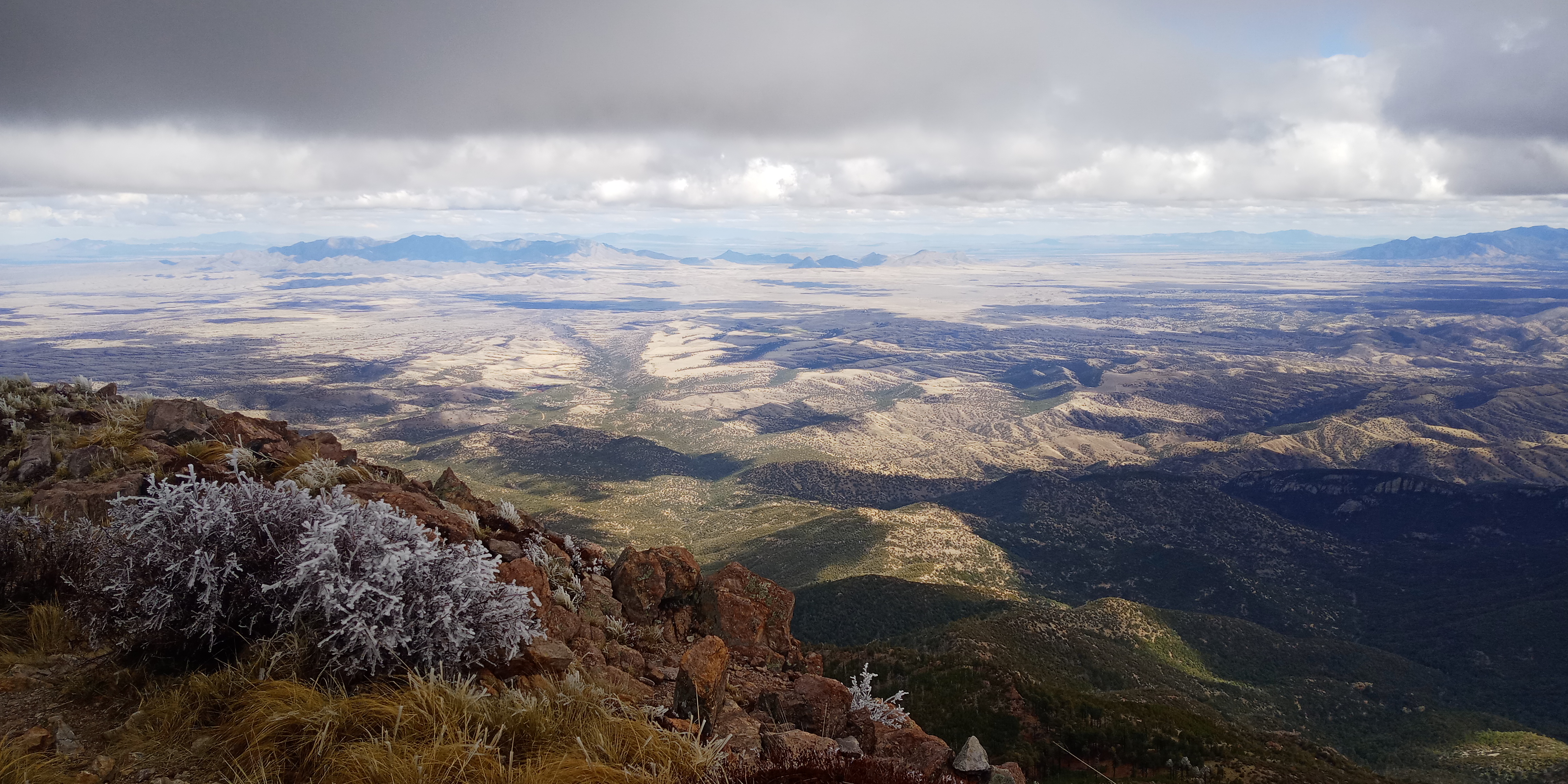Navajo Nation Needs Expanded Access to Domestic Water
- The following is the opinion and analysis of the writer.
- Use of this article or any portions thereof requires written permission of the author.
IMG_20200313_135213.jpg

Over 2 million people in the United States lack access to running water and sanitation services. 30% of residents of the Navajo Reservation do not have access to running water from their homes. This tragedy is caused by historical injustice, the contemporary lack of federal funding and persistent economic hardship on the reservation.
The Navajo Nation is composed of approximately 332,000 citizens. The reservation covers 27,000 square miles in northeast Arizona, southern Utah, and northwest New Mexico. Naturally arid, the region has lost much of its surface water over the past decades.
Nevertheless by right the Navajo should have ample water supplies. The Winters doctrine, established by a canonical court case guarantees that reservations are entitled to water for all “practicably irrigable acreage”. The Navajo Nation is currently using much less than half of its diversion rights from Arizona, Utah and New Mexico.
State politics and the demands of other water users on the Colorado River placed Navajo water allocations as a low priority despite their seniority. While other areas of the state received billion dollar loans in the twentieth century from the federal government to pay for grandiose Bureau of Reclamation projects, such as the Central Arizona Project, Navajo infrastructure projects went largely underfunded.
Today that means up to 100,000 people in Northeast Arizona have to drive far away, sometimes as much as 40 miles, to secure water for their basic domestic needs. Hauling water by truck is far more expensive per gallon than well or municipal water. Many lack even the most basic sanitation and often have less than 10 gallons of potable water on hand. That has serious repercussions for hand hygiene and can also severely limit the types of cooking and washing that people are able to do.
Several large cooperative projects between federal government agencies and the Navajo Nation are being implemented to develop water rights on the reservation. These developments are large—possibly running into the billions of dollars— and will expand reservoir capacity while transporting water to areas of the reservation in need of augmented supply. However, even when fully developed, they will not fully address the issue of inadequate domestic water supplies.
To solve the problem will cost nearly 200 million dollars. In an area where up to 40% of people are below the poverty line, that price tag is all but unattainable. It would cost about $2,000 per person to supply everyone without a domestic supply pipe with water and sanitation services. That's $8,000 for a family of four.
The problem of cost is a common one in rural areas with far spread out populations. Water systems are expensive particularly if they are designed to meet the stringent requirements of the Safe Drinking Water Act. Without a large concentrated population to share the cost through rate-paying, the expenses not only for capital but also for operation and maintenance can exclude communities from water or doom their systems to gradual decay.
Further complicating matters, the Navajo reservation is located near 512 abandoned uranium mines. Contamination from these mines seeps into the groundwater supply and contaminates area wells. Navajo residents have twice the incidence of gastric cancer as the rest of the United States because of their contaminated drinking water wells.
To address the problem, the US could pass legislation that guarantees universal access to water and sanitation. Arizona, Utah and New Mexico could prioritize dedicating state funds to alleviate the problem. Non-governmental organizations such as Dig-Deep are working to expand access to water trucks and wells for many on the reservation. Through these supply difficulties the Navajo Department of Water Resources has demonstrated resilience and achievement and is the leading agency in developing on reservation infrastructure.

